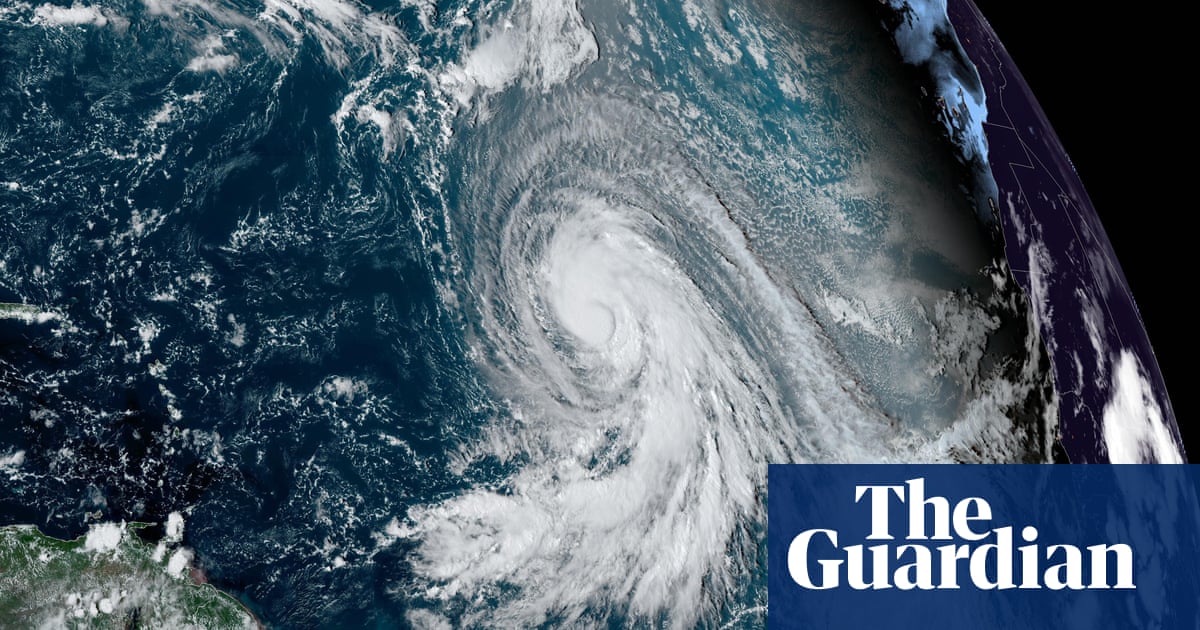Hurricane Kirk is heading towards Europe. At its peak strength in the mid-Atlantic, Kirk reached category 4 status with maximum wind speeds of 145mph. As Kirk tracks north-east towards Europe, leaving the warm seas behind, it is expected to be downgraded to a category 1 hurricane by Monday.
Over the next few days, Kirk will undergo extratropical transition, becoming an ex-hurricane by the time it reaches Europe’s shores on Tuesday or Wednesday. Although there remains some model differences in the exact path of extratropical cyclone Kirk, it is projected to track across northern Europe with France, Belgium, the Netherlands and then northern Germany having the strongest winds and heaviest rain. Southernmost parts of the UK may experience some heavy rainfall if the system tracks ever so slightly further north.
Hurricane activity remains strong in the Atlantic, with Hurricane Leslie also being closely monitored. Leslie, situated in the mid-Atlantic, was upgraded to a category 1 hurricane on Saturday, with maximum sustained winds reaching 90mph by Sunday evening. Leslie is not forecast to last long and is expected to be downgraded back to a tropical storm by Tuesday morning, with no interaction with land.
A tropical disturbance in the Gulf of Mexico, named Milton, has recently been upgraded to tropical storm status, marking the 13th tropical storm to date in the Atlantic this season. Milton is projected to rapidly intensify to major hurricane status as it tracks towards Florida over the coming days. While there is still some uncertainty on the exact track and intensity of the system, damaging winds, heavy rain, and a life-threatening storm surge are possible across parts of the west coast of the Florida peninsula. This will be barely a week after Hurricane Helene caused significant loss of life and devastation across a number of states.
Meanwhile, in South America, drought remains a major crisis for many after months of below normal rainfall. This led to extensive wildfires in Brazil only a few weeks ago. Water levels across the Amazon River have been decreasing for months, with levels reaching a 120-year low at the Port of Manus, which lies on the Negro River tributary in northern Brazil, according to Brazil’s geological service. Water levels here measured 12.66 metres, compared with an average of 21 metres, and are expected to continue dropping for several weeks.



